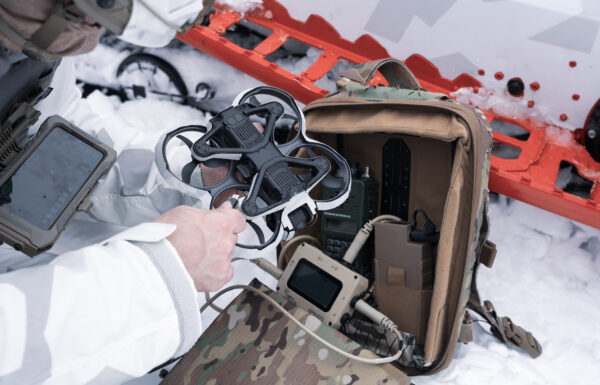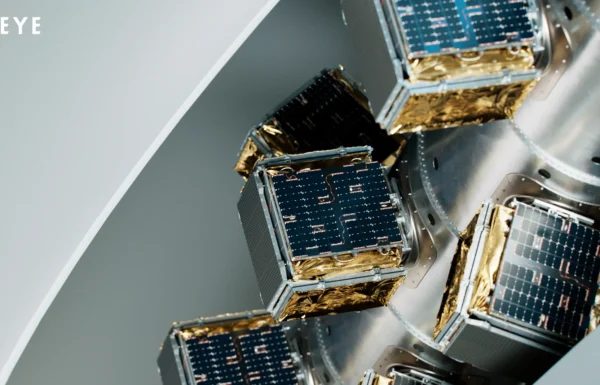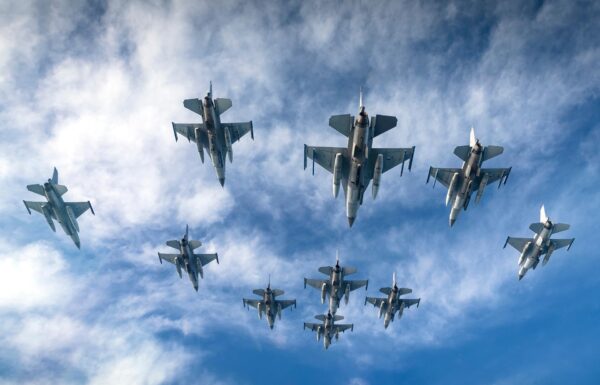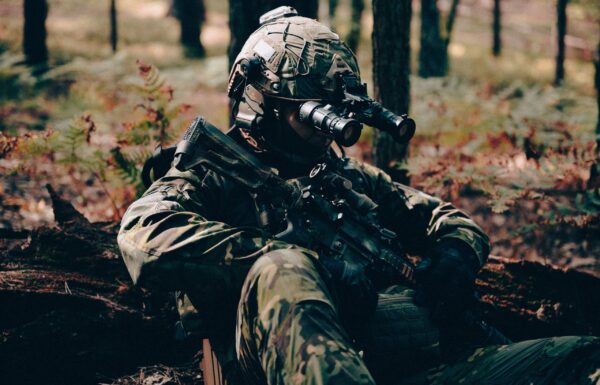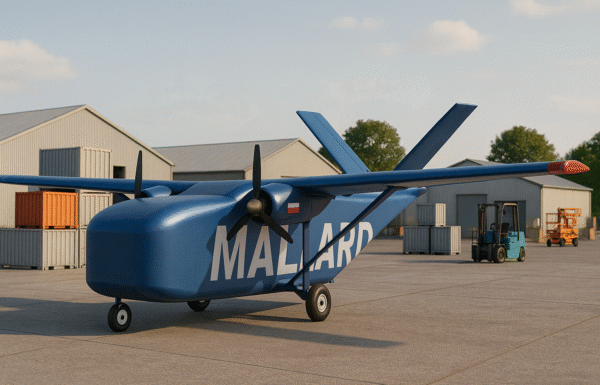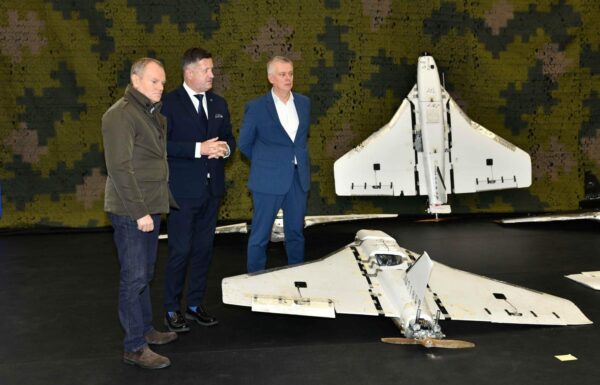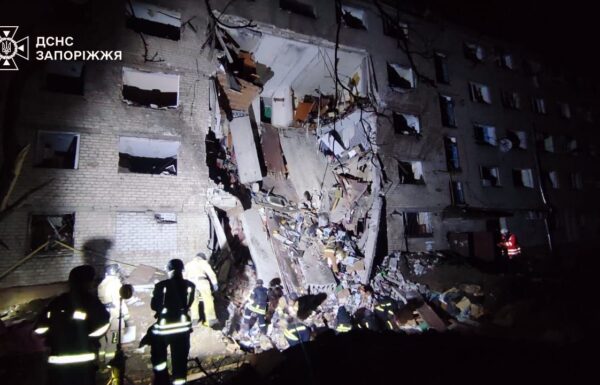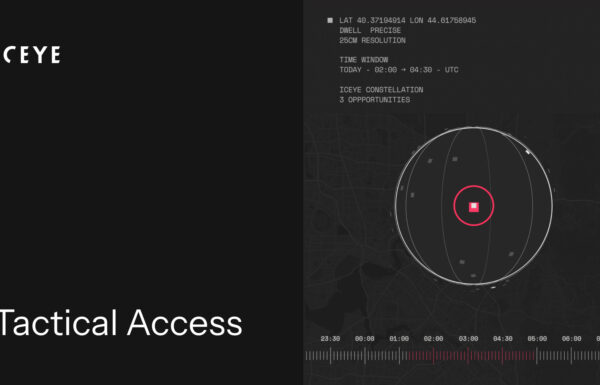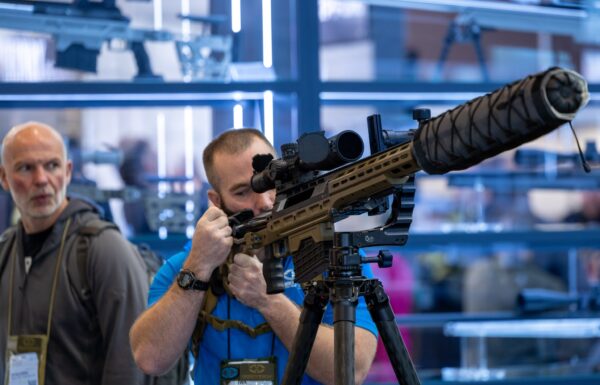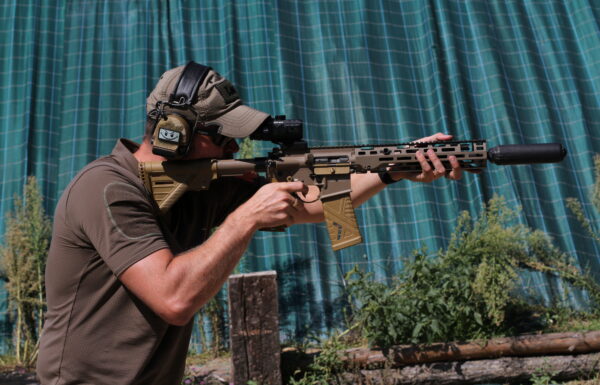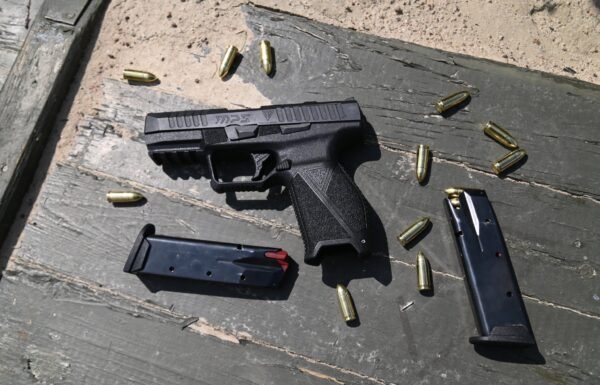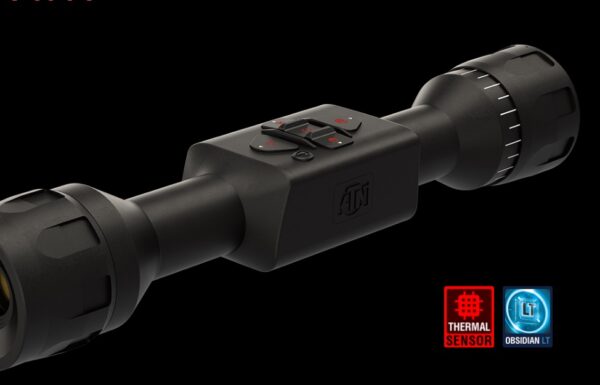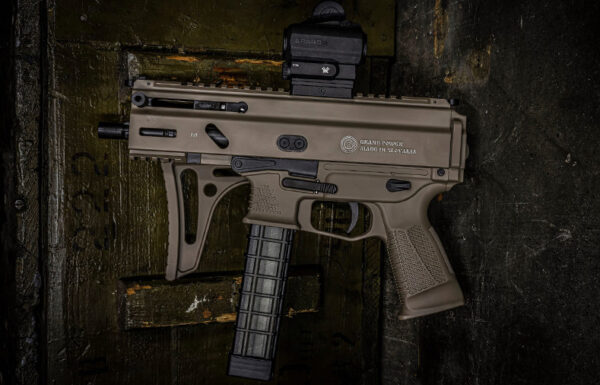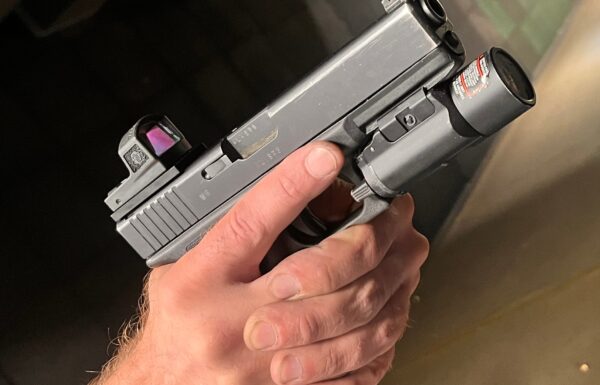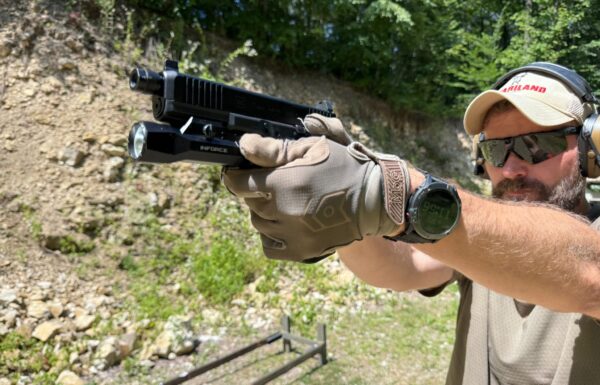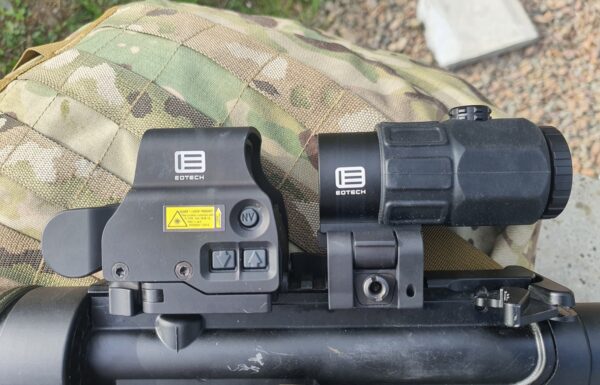On Thursday, February 13, 2025, the press service of the U.S. Naval Forces Europe And Africa / U.S. 6th Fleet announced that a collision had occurred in the Mediterranean Sea between the nuclear-powered Nimitz-class aircraft carrier USS Harry S. Truman (CVN-75) and the bulk carrier Besiktas-M, sailing under the flag of Panama.
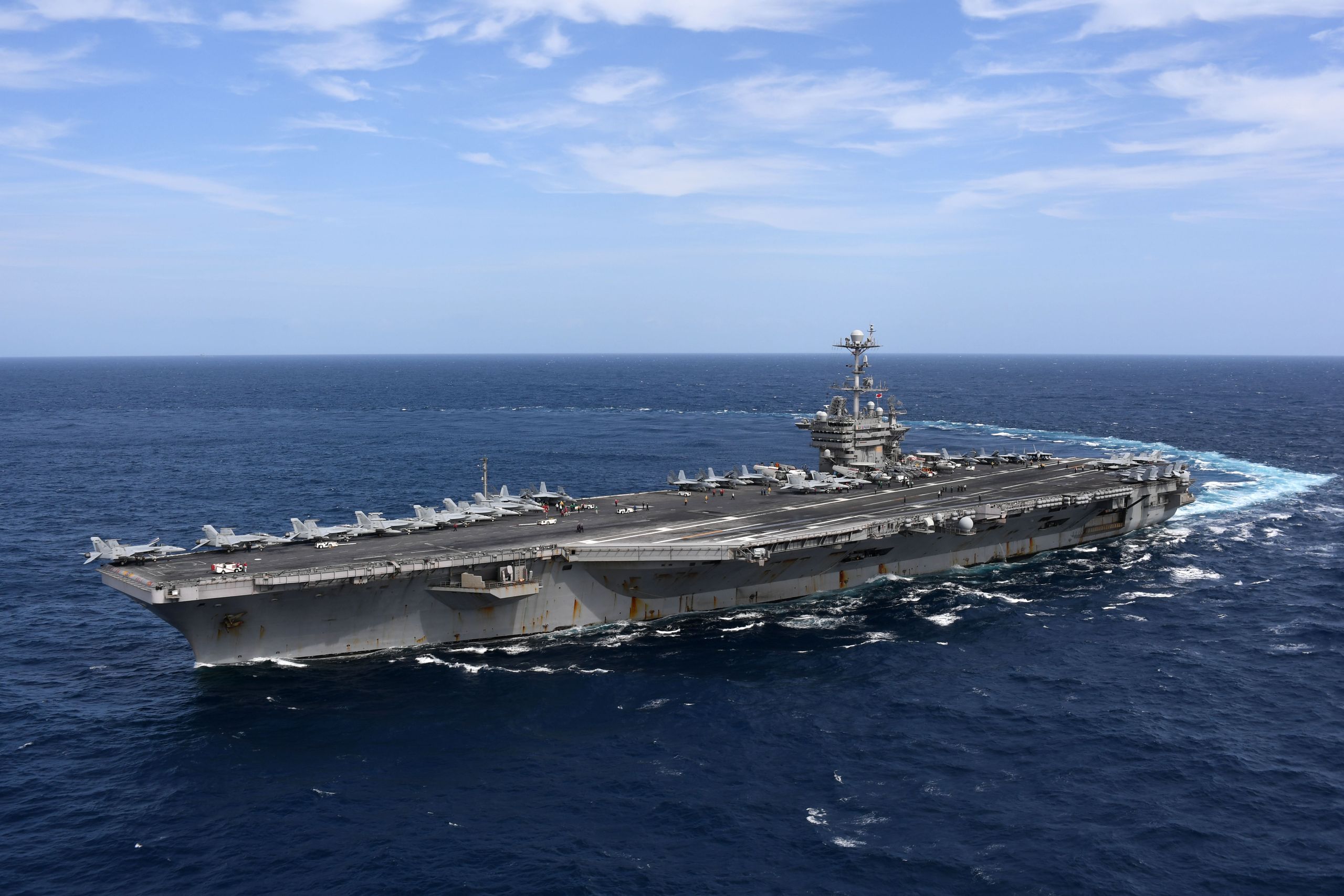 Photo: Mass Communication Specialist 2nd Class Thomas Gooley
Photo: Mass Communication Specialist 2nd Class Thomas Gooley
“The Nimitz-class aircraft carrier USS Harry S. Truman (CVN 75) was involved in a collision with the merchant vessel Besiktas-M at approximately 11:46 p.m. local time, Feb. 12, while operating in the vicinity of Port Said, Egypt, in the Mediterranean Sea.
The collision did not endanger the Harry S. Truman (CVN 75) as there are no reports of flooding or injuries. The propulsion plants are unaffected and in a safe and stable condition. The incident is under investigation. More information will be released as it becomes available,” – reads the press statement.
According to available information from the Automatic Identification System (AIS) on Marine Traffic, the bulk carrier Besiktas-M is 188.5 meters long, 32 meters wide, and has a draft of 11.1 meters. At the time of publication, the vessel is at anchor (speed: 0.5 knots) in the Mediterranean Sea, off the coast of Egypt. Before the collision, the ship was en route from Port Said to Constanța, Romania, where it was scheduled to arrive on February 18 at 1:30 AM (UTC+2), according to its voyage plan.
A photograph that surfaced on social media shows damage to the mooring equipment on Besiktas-M, suggesting that it likely struck the starboard bow below the flight deck of the Harry S. Truman. As of February 14, the bulk carrier is now heading toward Constanța.
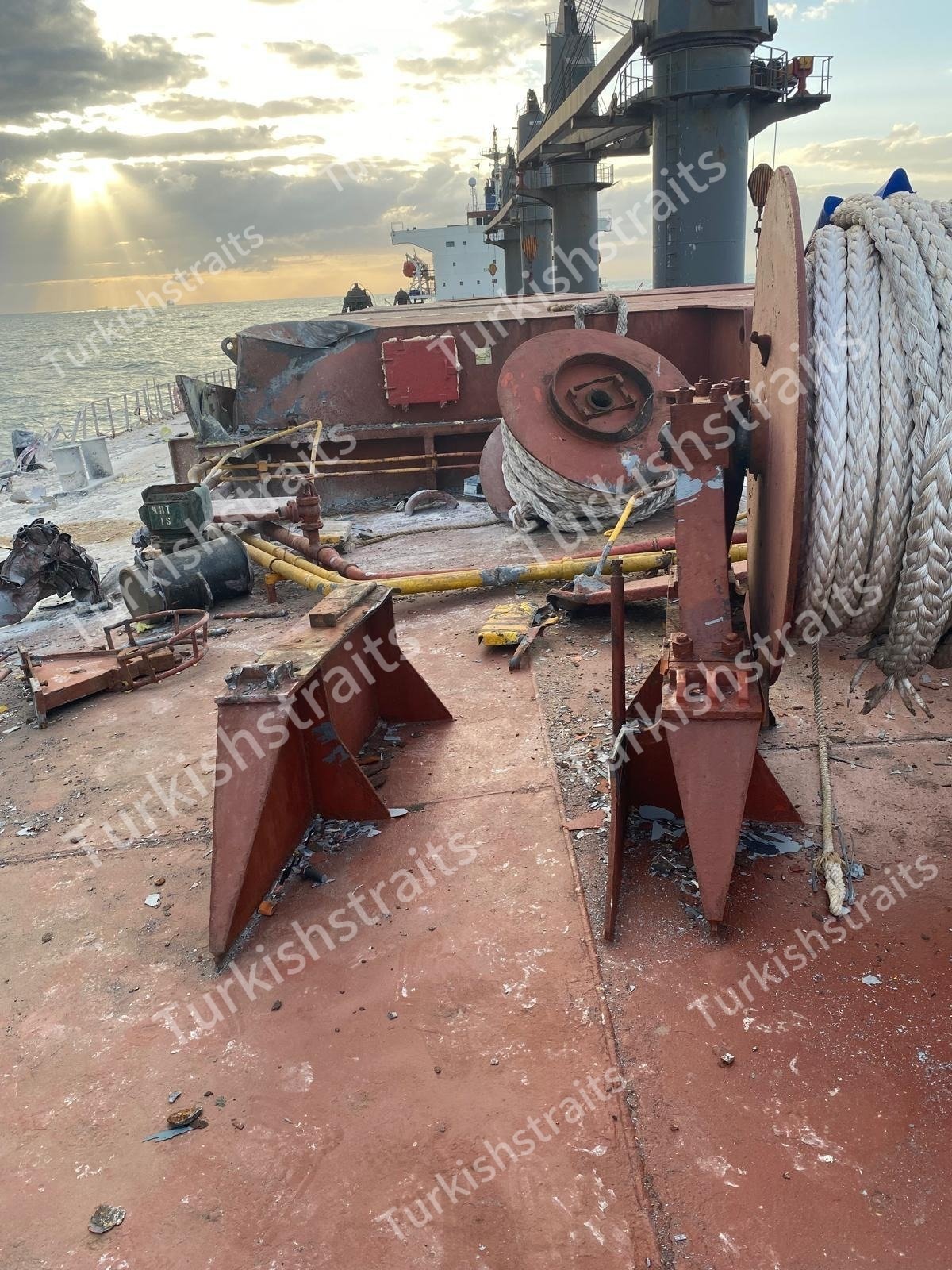 Photo: Turkishstraits via X
Photo: Turkishstraits via X
A photograph of the aircraft carrier after the collision has also appeared on DVIDS (Defense Visual Information Distribution Service). The image shows damage to the above-water section of the ship’s hull, just behind elevator No. 3.
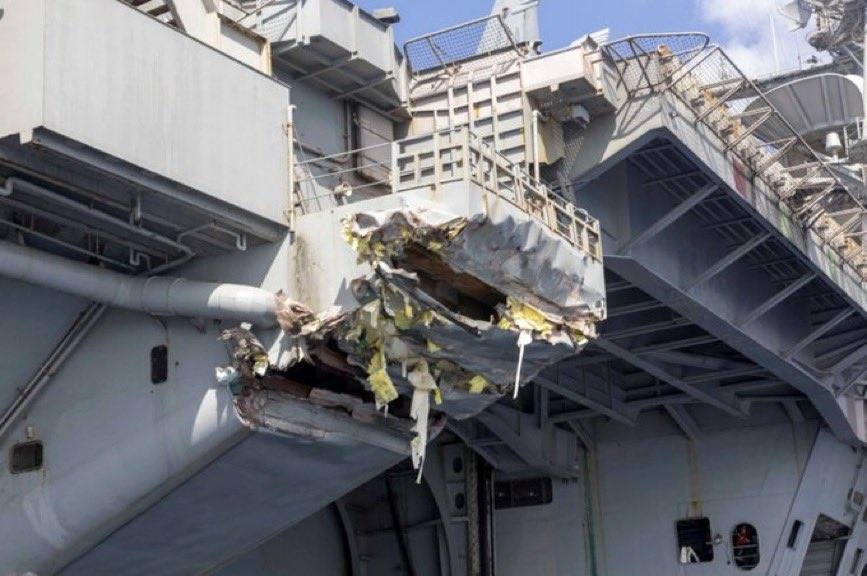 Photo: Mass Communication Specialist 1st Class Cody Beam, US Navy
Photo: Mass Communication Specialist 1st Class Cody Beam, US Navy
The USS Harry S. Truman (CVN-75) has been conducting a combat mission in the region since December 15 of last year, alongside the Ticonderoga-class guided-missile cruiser USS Gettysburg (CG-64) and the Arleigh Burke-class guided-missile destroyers USS Stout (DDG-55) and USS Jason Dunham (DDG-109). On December 22, during operations over the Red Sea, the Gettysburg mistakenly shot down a two-seat F/A-18F Super Hornet multirole fighter that had launched from the aircraft carrier. Both crew members safely ejected. Later, it was revealed that another Super Hornet may also have fallen victim to friendly fire.
The last serious collisions involving U.S. naval vessels occurred several years ago, with tragic or dangerous consequences. On October 2, 2021, the nuclear-powered Seawolf-class attack submarine USS Connecticut (SSN-22) collided with a previously unknown underwater mountain in the South China Sea. In July 2023, repairs on the submarine began, with completion expected in September of this year.
On June 17, 2017, the Arleigh Burke-class guided-missile destroyer USS Fitzgerald (DDG-62) collided with the Philippine container ship MV ACX Crystal, resulting in the deaths of seven sailors and injuries to three others. Two months later, on August 21, the USS John S. McCain (DDG-56), a sister ship of the Fitzgerald, collided with the Liberian-flagged tanker MV Alnic MC, leading to the deaths of ten sailors and injuries to five others. Additionally, on November 19, the USS Benfold (DDG-65) was involved in a minor collision with a Japanese tugboat. In the first two incidents, the ships sustained severe damage and required extensive repairs, costing approximately 270 million USD and 230 million USD, respectively.


